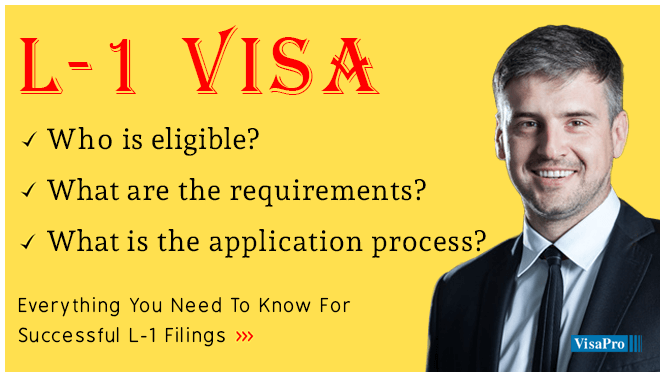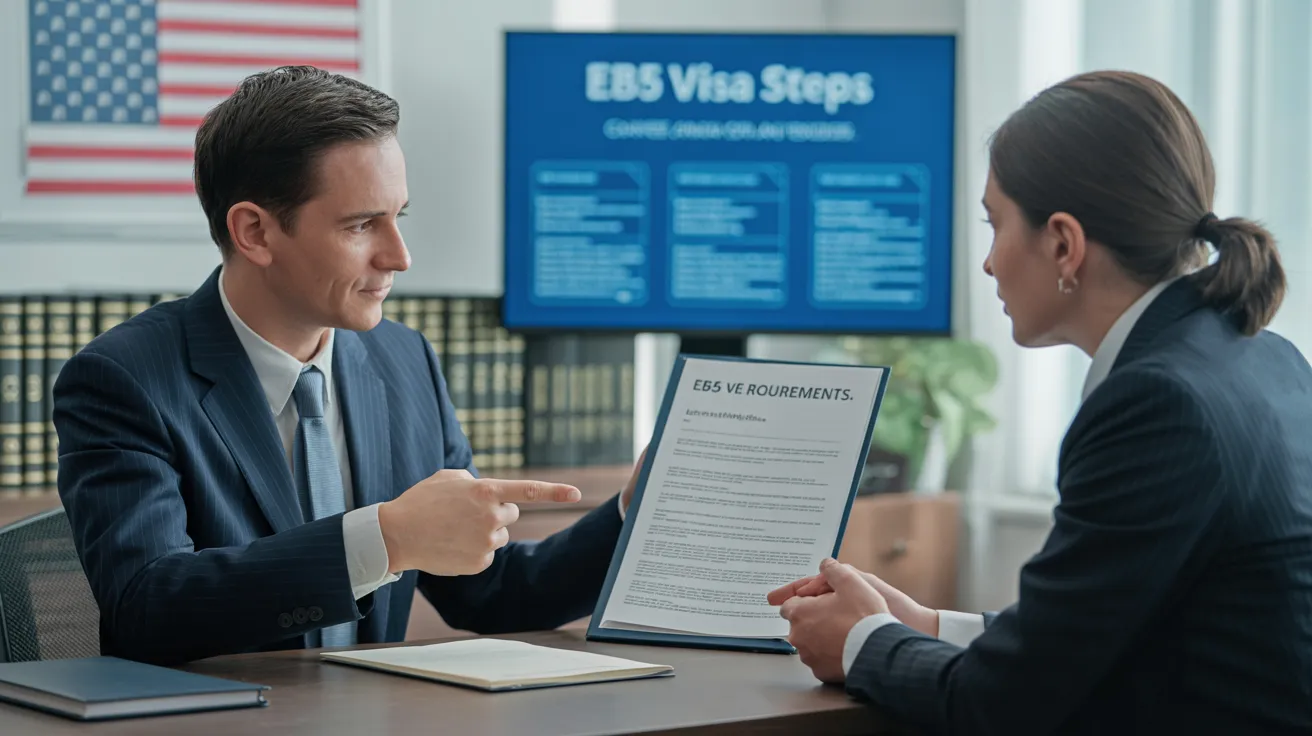The L1 Visa PDFs
Table of ContentsThe Greatest Guide To L1 VisaNot known Incorrect Statements About L1 Visa The Greatest Guide To L1 VisaMore About L1 VisaSome Known Incorrect Statements About L1 Visa An Unbiased View of L1 Visa
Offered from ProQuest Dissertations & Theses International; Social Science Costs Collection. DHS Office of the Inspector General. Gotten 2023-03-26.
United State Department of State. Retrieved 22 August 2016. "Workers paid $1.21 an hour to install Fremont tech company's computer systems". The Mercury News. 2014-10-22. Gotten 2023-02-08. Costa, Daniel (November 11, 2014). "Obscure short-lived visas for foreign technology employees dispirit incomes". The Hill. Tamen, Joan Fleischer (August 10, 2013). "Visa Holders Change Workers".
Little Known Facts About L1 Visa.
In order to be qualified for the L-1 visa, the international company abroad where the Recipient was used and the U.S. firm should have a certifying connection at the time of the transfer. The various types of certifying connections are: 1.
Business An owns 100% of the shares of Firm B.Company A is the Moms And Dad and Firm B is a subsidiary. There is a certifying connection between the 2 companies and Business B need to be able to sponsor the Recipient.
Company A has 40% of Firm B. The staying 60% is possessed and regulated by Business C, which has no relation to Firm A.Since Company A and B do not have a parent-subsidiary connection, Business A can not sponsor the Recipient for L-1.
Instance 3: Firm A is integrated in the united state and wishes to seek the Recipient. Company B is included in Indonesia and utilizes the Recipient. Business A has 40% of Company B. The continuing to be 60% is possessed by Company C, which has no relationship to Company A. However, Firm A, by formal agreement, controls and complete manages Company B.Since Company An owns much less than 50% of Firm B however takes care of and controls the business, there is a qualifying parent-subsidiary relationship and Firm A can sponsor the Beneficiary for L-1.
The Main Principles Of L1 Visa
Company B is integrated in the U.S.
L1 Visa Fundamentals Explained

The L-1 visa is an employment-based visa category established by Congress in 1970, allowing international firms to transfer their supervisors, executives, or vital workers to their united state procedures. It is commonly referred to as the intracompany transferee visa. There are 2 main sorts of L-1 visas: L-1A and L-1B. These kinds are suitable for workers worked with in different settings within a company.

In addition, the beneficiary has to have worked in a managerial, exec, or specialized employee position for one year within the three years coming before the L-1A application in the foreign firm. For brand-new office applications, international work should have been in a managerial or executive capacity if the beneficiary is coming to the United States to work as a manager or executive.
Some Known Incorrect Statements About L1 Visa

If approved for a united state firm operational for even more than one year, the first L-1B visa is for approximately 3 years and can be expanded for an added two years (L1 Visa). On the other hand, if the U.S. business is newly established or has actually been operational for much less than one year, the initial L-1B visa is released for one year, with expansions readily available in two-year increments
The L-1 visa is an employment-based visa classification established by Congress in 1970, permitting multinational companies to move their managers, execs, or vital personnel to their United state operations. It is typically referred to as the intracompany transferee visa.
5 Simple Techniques For L1 Visa
Furthermore, the beneficiary should have worked in a managerial, executive, or specialized worker placement for one year within L1 Visa process the three years preceding the L-1A application in the foreign company. For brand-new office applications, international employment must have been in a managerial or executive capacity if the beneficiary is coming to the United States to work as a manager or executive.
for up to 7 years to supervise the procedures of the U.S. affiliate as an executive or supervisor. If released for an U.S. firm that has been functional for greater than one year, the L-1A visa is originally given for approximately 3 years and can be expanded in two-year increments.
If granted for an U.S. firm operational for greater than one year, the initial L-1B visa is for up to three years and can be prolonged for an added 2 years. On the other hand, if the U.S. company is recently established or has actually been operational for less than one year, the initial L-1B visa is released for one year, with extensions available in two-year increments.